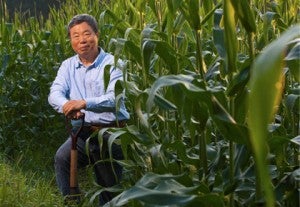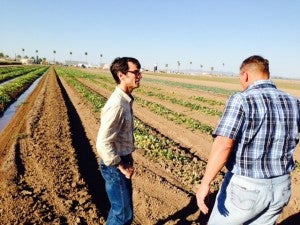 Over the past decade, private investment in conservation has more than doubled, with sustainable forestry and agriculture investments as the main drivers of growth. This unprecedented expansion in “impact investing” or “conservation finance” has occurred as investors seek good returns that can also benefit the environment. According to Credit Suisse, sustainable agriculture is particularly appealing to investors as it offers a wider array of risk mitigation approaches than sectors such as energy and transportation.
Over the past decade, private investment in conservation has more than doubled, with sustainable forestry and agriculture investments as the main drivers of growth. This unprecedented expansion in “impact investing” or “conservation finance” has occurred as investors seek good returns that can also benefit the environment. According to Credit Suisse, sustainable agriculture is particularly appealing to investors as it offers a wider array of risk mitigation approaches than sectors such as energy and transportation.
Yet despite this boom, there has been very little investment from private capital in emerging ecosystems markets, especially in the agricultural sector.
We’ve blogged before about the benefits growers – and the environment – realize from participating in agricultural carbon markets or habitat exchanges. But here’s why the private sector, food companies and retailers should invest in agricultural carbon markets. Read More














